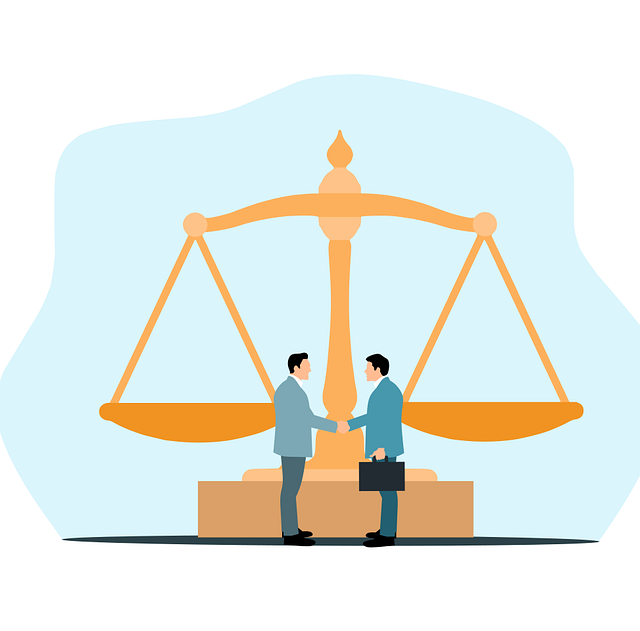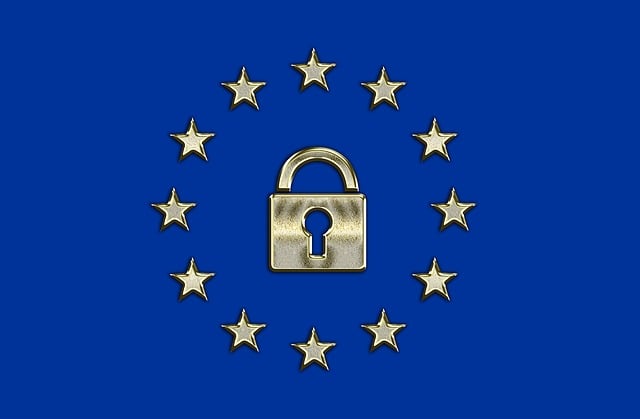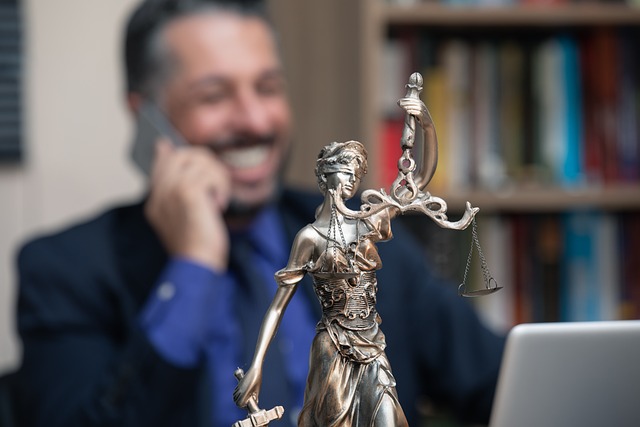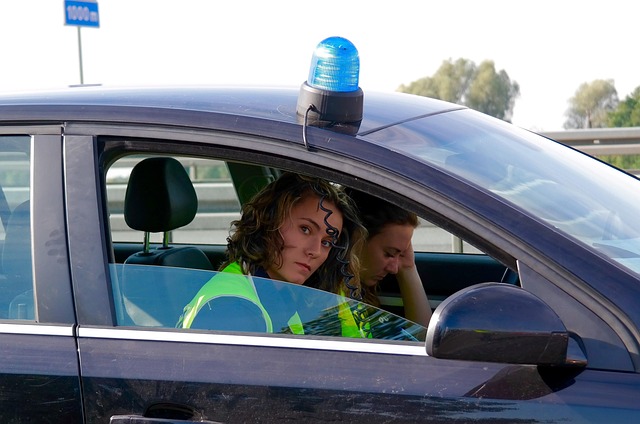Environmental Crime Trials hold perpetrators accountable for damaging the natural world through class action lawsuits. Steps to join include identifying harm (research, gather evidence), evaluating eligibility, connecting with legal counsel, and participating actively in the legal process. These actions secure compensation, deter future crimes, and bring environmental issues to light, fostering change in private & political sectors.
“Environmental Crime Trials: Holding Perpetrators Accountable for Eco-offenses
This comprehensive guide explores the legal battles against environmental criminals, focusing on class action lawsuits. Learn how individuals can become key players in these trials by joining collective actions. We’ll delve into the process, from understanding the legal framework to identifying and documenting environmental harm. Discover successful cases and gain insights into the impact of such litigation. If you’re considering taking action, our step-by-step guide on ‘Steps to Join a Class Action Lawsuit’ provides valuable information for those seeking justice for ecological wrongdoings.”
- Understanding Environmental Crime Trials: A Legal Perspective
- Who Can File: Eligibility for Class Action Lawsuits
- Identifying Environmental Harms: Gathering Evidence
- Navigating Legal Process: Steps to Join a Class
- Success Stories: Impact of Environmental Litigation
Understanding Environmental Crime Trials: A Legal Perspective

Environmental Crime Trials represent a unique and critical aspect of environmental law, where individuals or organizations are held accountable for harmful actions against the natural world. From pollution to deforestation, these trials play a pivotal role in deterring future misconduct and ensuring environmental protection. A deep understanding of this legal process is essential, especially considering the growing number of high-stakes cases across the country.
These trials often emerge from collective action, with individuals joining forces through class action lawsuits. The steps to become part of such a lawsuit are clear: first, identify the specific environmental harm and the responsible party; second, gather evidence and consult legal experts specializing in environmental law; third, file a claim or join an existing one; and finally, participate actively in the legal process. This collective effort not only facilitates justice but also sends a powerful message to the philanthropic and political communities about the severity of environmental crimes.
Who Can File: Eligibility for Class Action Lawsuits

Anyone who has been harmed by an environmental crime can potentially join a class action lawsuit. These legal actions are designed to hold perpetrators accountable and provide compensation for victims on a large scale. Eligibility typically requires individuals or communities to have suffered direct harm due to pollution, contamination, or other environmental transgressions.
The steps to join a class action lawsuit involve understanding the specific case, evaluating your eligibility based on the unique circumstances of the respective business or activity causing harm, and connecting with experienced legal counsel who can guide you through the process. In high-stakes cases, where the complete dismissal of all charges is at stake, it’s crucial to act swiftly and ensure that your rights as a potential plaintiff are protected.
Identifying Environmental Harms: Gathering Evidence

Identifying Environmental Harms requires a meticulous process of gathering evidence. This involves extensive research and data collection to pinpoint specific pollution sources and their impact on ecosystems and communities. Experts, including scientists, environmental lawyers, and activists, play a crucial role in this stage by conducting site visits, analyzing samples, and reviewing historical records. They document the extent of damage, from soil and water contamination to habitat destruction, using advanced technologies like satellite imagery and air quality sensors.
One effective strategy is joining a class action lawsuit, where individuals or communities band together to hold polluters accountable. These legal actions not only achieve extraordinary results by securing compensation and deterring future environmental crimes but also bring much-needed attention to the issue. With an unprecedented track record of success, such lawsuits drive change in both the private sector and political arenas, fostering a culture of environmental stewardship.
Navigating Legal Process: Steps to Join a Class

Navigating the legal process in environmental crime trials often involves joining a class action lawsuit, which can be a powerful tool for holding businesses accountable. The first step is to identify if your case aligns with the criteria for a class-action suit. This typically requires demonstrating that you have suffered harm from the same environmental violation and that your interests are shared by other potential plaintiffs.
The process begins with researching and understanding the specific environmental crime at hand, gathering evidence of harm, and locating other individuals who may have been affected. Once this is achieved, individuals can form a class or join an existing one. It’s crucial to consult with an experienced attorney specializing in white-collar defense and environmental law to ensure the respective business’s interests are represented fairly, given their unprecedented track record in similar cases.
Success Stories: Impact of Environmental Litigation

Environmental crime trials have been instrumental in holding perpetrators accountable and fostering change. Success stories across the globe demonstrate the impact of environmental litigation. For instance, high-stakes cases against multinational corporations have led to significant restitution for harmed communities and ecosystems. These victories not only provide financial compensation but also serve as deterrents, discouraging future violations.
Through class action lawsuits, individuals who may have been affected by environmental hazards can join together, amplifying their collective voice. The steps to join a class action lawsuit are straightforward: identify the legal grounds for your claim, connect with experienced environmental lawyers, and contribute to the collective effort. This collaborative approach has proven effective in navigating all stages of the investigative and enforcement process, engaging both philanthropic and political communities to drive lasting change.
Environmental crime trials play a pivotal role in holding perpetrators accountable and combating the devastating impacts of ecological damage. By understanding the legal framework, identifying harmful actions, and navigating the class action lawsuit process through well-defined steps, individuals and communities can effectively join forces to seek justice and promote environmental protection. These trials serve as powerful tools for ensuring that those who violate environmental laws face consequences, fostering a more sustainable future for all.






